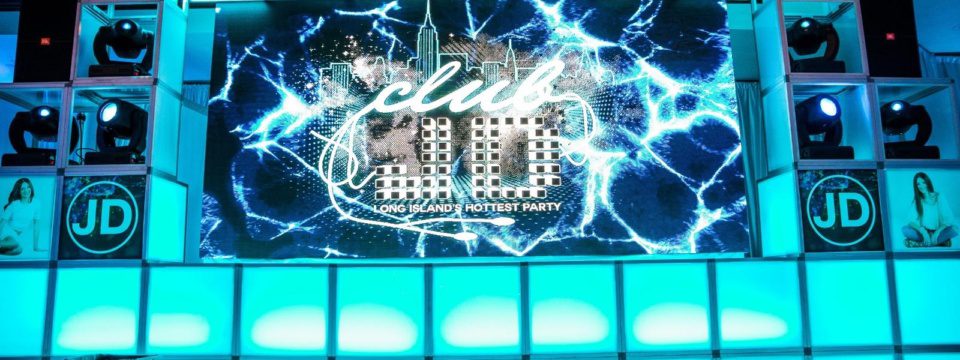Efficient Tactics for Overcoming Temperature Issues in LED Display Panels
Wiki Article
Light Emitting Diode panel panels are progressively popular for various applications, such as promotion, events, and digital screens. However, excess heat is a significant issue that can affect their functionality and longevity. When LED panels become too hot, they may decrease in brightness, color distort, or even malfunction completely. Grasping the causes and applying efficient methods to manage heat can help preserve the ideal operation of LED wall panels. This article will explore several approaches to tackle overheating challenges associated with these units.
One powerful approach for stopping overheating in LED panel panels is ensuring proper airflow. It is essential to place these screens in environments where atmosphere flow is sufficient. This can be achieved by positioning the screens in a properly aired space or using blowers to improve ventilation around the devices. Additionally, if the panels are mounted in a confined space, creating gaps or implementing vents can help dissipate heat more efficiently. Keeping a lower surrounding temperature is crucial, as it directly impacts the function and durability of LED panel panels.
Another way to address excess heat is through the application of thermal management materials. These substances can help absorb, dissipate, or redirect heat away from the LED elements. Thermal sinks are frequently employed in many electronic devices, including LED panels. These metal elements pull heat away from the light-emitting diodes, allowing them to function at a more secure temperature. Additionally, heat-conducting paste or films can be applied to improve heat transfer between the LED elements and the thermal sinks, further enhancing their cooling efficiency.

Routine maintenance and monitoring of LED wall panels also play a critical part in stopping excess heat. Dirt and debris can build up on the faces of these screens, blocking ventilation and holding heat. Consistent tidying, using suitable tools, will ensure the screens free from blockages. Furthermore, tracking the heat level of the screens can help detect excess heat problems before they turn into severe. Using temperature sensors can provide valuable data, allowing users to take corrective action if the panels begin to exceed safe operating temperatures.
The use of advanced technology can also help address overheating challenges in LED wall panels. Many modern LED panels come equipped with built-in thermal management systems. These systems can automatically adjust the brightness of the screen based on the heat level, lowering heat generation when needed. Additionally, program solutions can track the performance of the panels and provide alerts if overheating is detected. Incorporating these technologies can significantly improve the durability and dependability of LED panel screens.
In summary, managing overheating in LED wall screens is essential for ensuring their performance and lifespan. Implementing strategies such as providing adequate ventilation, utilizing thermal management materials, conducting regular care, and employing cutting-edge tools can help mitigate overheating challenges. By taking these preventive measures, users can benefit from the complete benefits of LED wall panels while reducing the threat of temperature-related issues. This approach not more information only improves the performance of the screens but also adds to a much sustainable and efficient use of technology in multiple uses.